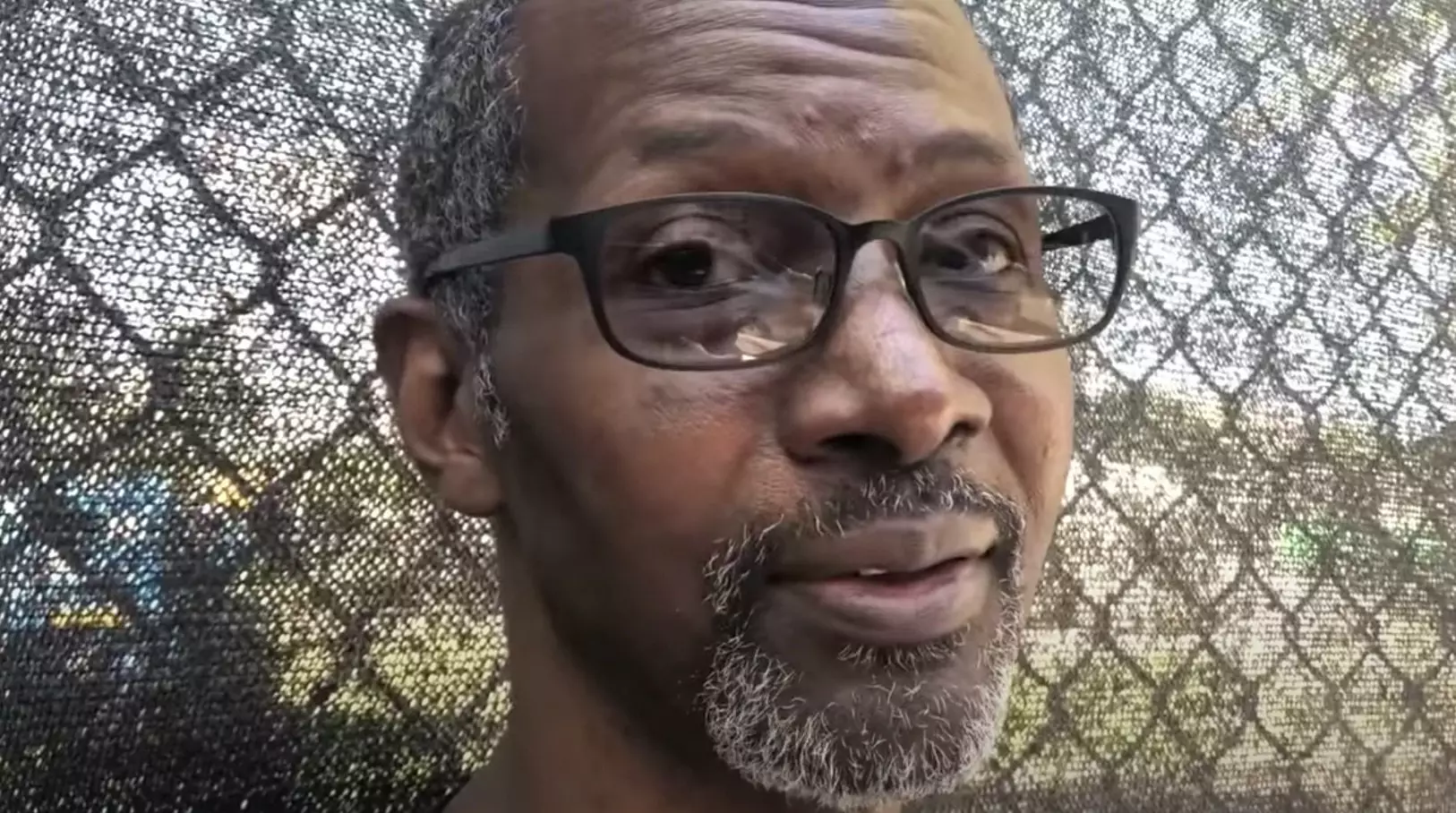The story of the 35-year-old fight between Aaron Davis and Mark Breland is far more than a mere recounting of punches thrown and won. It symbolizes the embodiment of pride, resilience, and the relentless pursuit of greatness rooted deeply in New York’s boxing culture. Though the bout technically took place in Reno, Nevada, its spirit and intensity encapsulate the fierce rivalry that epitomizes the city’s boxing history. This confrontation was about more than belts or accolades—it was a visceral display of identity, a war of wills fought with unyielding heart and determination.
The Meaning of Turf and Identity
While the fight was billed as a WBA championship match, the real stakes transcended the title. For New Yorkers like Davis and Breland, this was about representing their neighborhoods—The Bronx and Brooklyn respectively—and showcasing the tenacity that the city’s boxing legacy demands. Their fists carried not just their personal ambition but the pride of their communities. The significance of the location, even if it was in Reno, cannot be understated; it was a symbolic battleground for their collective reputation. They carried the weight of Brooklyn’s gritty resilience and The Bronx’s fierce combativeness into the ring, making every exchange rooted in history and pride.
Contrast of Styles and the Fight’s Nature
From the outset, this encounter was a masterclass in contrast—Breland’s refined boxing skills versus Davis’s aggressive street-fighting style. Breland’s technical prowess was evident, wielding his jab confidently, yet Davis refused to abide by traditional boxing etiquette. He sought chaos, turning a finesse battle into a brutal street brawl, a testament to his desire to dominate through raw physicality. The fight challenged conventional boxing norms, blending skill with raw grit. The physical toll was visible—blood streaming from cuts, swollen eyes—a vivid display of endurance and the willingness to endure pain for victory.
Unyielding Resilience and a Climactic Finish
As rounds progressed, fatigue set in, yet neither boxer relented. Davis, despite suffering from an injured arm, pushed harder, exemplifying mental toughness. Breland, striving to maintain control, faced relentless pressure. The turning point arrived in a thunderous right hand from Davis—an instinctive, devastating shot that brought Breland down, transforming the fight into a decisive conclusion. It was a moment of both physical surrender and mental dominance, emphasizing that true champions possess an indomitable spirit that endures adversity.
A Reflection on Courage and Triumph
In retrospect, Davis’s victory was not just about winning a fight but about asserting his brotherhood with the city that raised him. His recounting underscores a deeper lesson: that the true essence of boxing lies in resilience and the refusal to back down, even under the threat of stoppage or defeat. His declaration of fighting with no regard for tomorrow exemplifies the fighter’s mentality—embracing risk and exerting every ounce of strength to silence doubters.
The Fight’s Enduring Impact
This bout, shrouded in combat and passion, remains a testament to boxing’s power to serve as a mirror of human perseverance. It exemplifies how fighters often fight not just for themselves but for the pride of their communities and identities. The Davis-Breland clash illustrates that boxing is more than physical skill; it is an emotional, cultural declaration encoded in every punch, every bleed, every sacrifice. It reminds us that true champions are those who face their limits and refuse to surrender, embodying the raw, unfiltered spirit of New York boxing.

